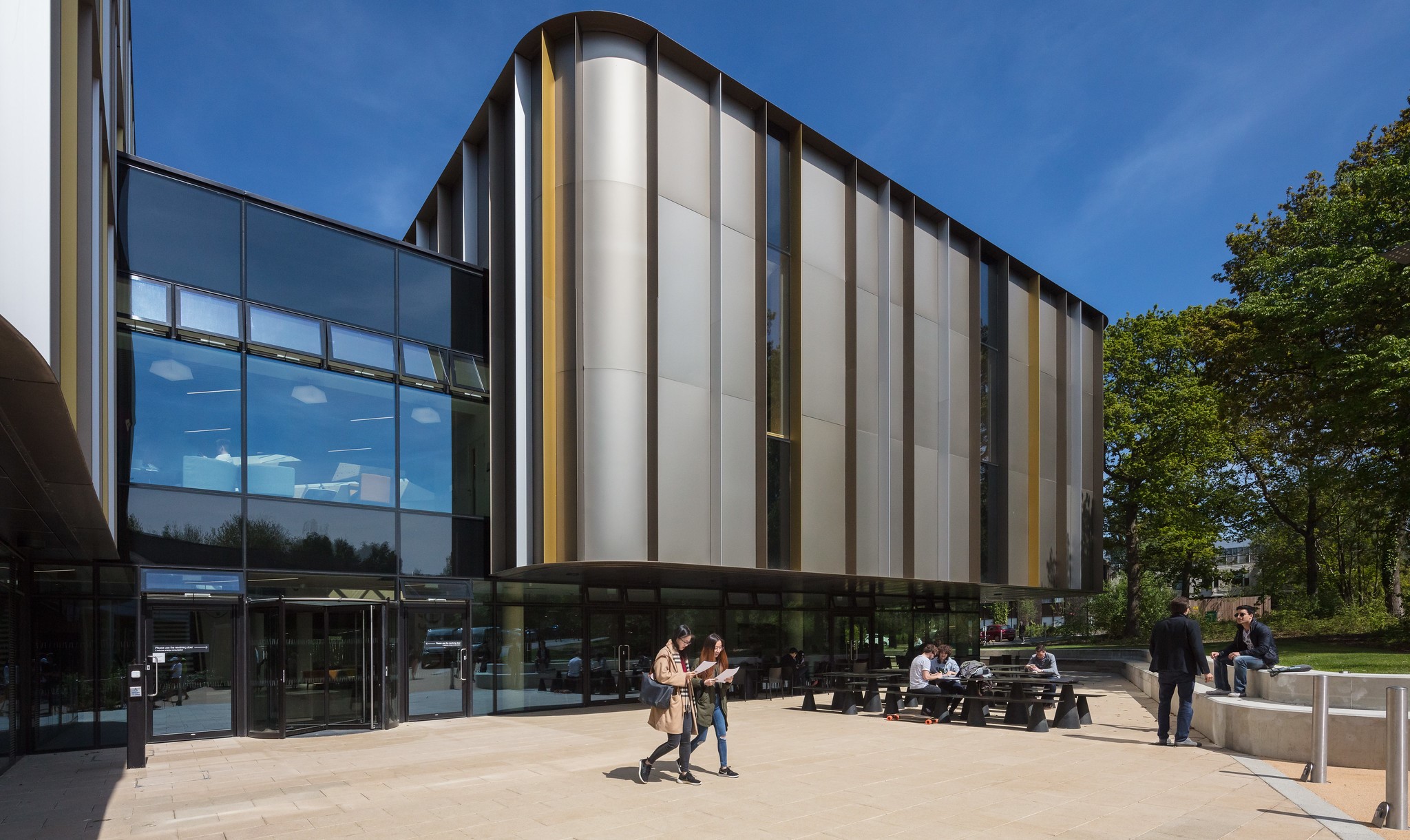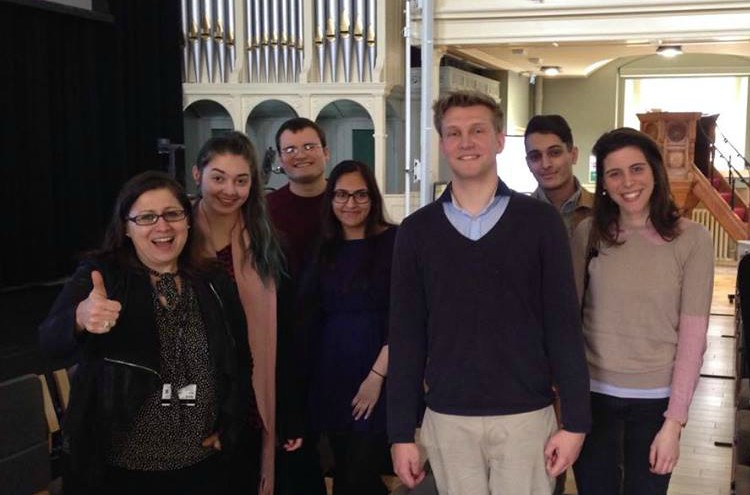Students at Kent Business School Medway are benefiting from an innovative learning experience. Find out more about flipped learning in our blog post.
What is flipped learning?
Flipped learning is an innovative teaching technique which ‘flips’ the traditional method of learning. Instead of doing the majority of learning in lectures and having to apply the knowledge learned in assessments at home, students watch the lecture ahead of time on a pre-recorded video to enable them to apply their knowledge as soon as they set foot in the classroom.
As described by the Flipped Learning Network:
‘Flipped learning is a pedagogical approach in which direct instruction moves from the group learning space to the individual learning space, and the resulting group space is transformed into a dynamic, interactive learning environment where the educator guides students as they apply concepts and engage creatively in the subject matter.'[1]
The term flipped learning is broadly used to describe almost any class structure that provides prerecorded lectures followed by in-class exercises.
What are the benefits of flipped learning?
Flipped learning can enhance the learning experience outside of the classroom. It provides students with a clear structure for learning in their own time. Students can learn on demand, watching the lecture as many times as they wish before they apply what they’ve learned in class activities. Depending on the module leader’s creativity, flipped learning can be a transformational learning experience with real impact.
How are Kent Business School utilising the flipped learning approach?
At Kent Business School, Dr M. May Seitanidi uses the flipped classroom technique in the undergraduate second-year module CB754: Corporate Social Responsibility (CSR). The aim of the module is to develop an understanding of CSR informed by ethical theory and highlight the importance of a collaborative approach with internal and external stakeholder groups.
The sequence of learning in the module is as follows:
1.Watch lecture and engage with online material
- Contribute to CSR blog and CSR Reflective Forum
2. Attend in-class lecture
- Interact with guest speaker
- Discuss reflections as a group
- Participate in class discussion
3. Prepare for seminar
- Read and take notes of case-study, prepare questions
- Contribute to CSR blog and CSR Reflective Forum
4. Attend seminar
- Contribute to case study narration
- Answer questions
- Contribute to CSR blog and CSR Reflective Forum
What do students think of flipped learning?
“The module challenges us to share our perspective, whilst also encouraging reflection. This has enhanced my communication skills and encouraged me to be more open-minded. These are invaluable skills that I will use to build a successful career following graduation.”
“Students want to meet to discuss the work in advance of the seminars. This just shows that due to the involvement that is required in the seminars and due to the emphasis May places on participation, all students have something to say in the seminar. Thus they complete the work ahead of time to ensure this happens. This saw a lot of students who did not normally get involved in group projects and class discussions actually speak up showing their confidence.”

